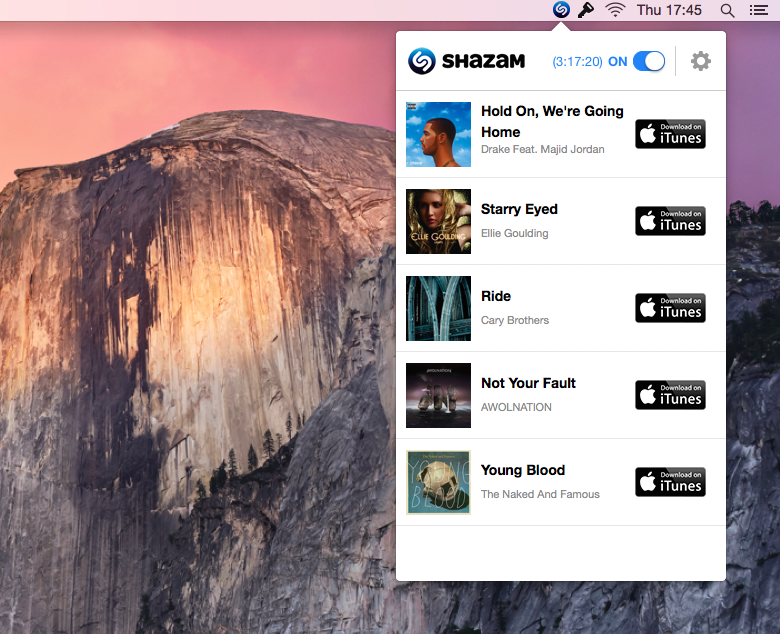In “What Makes Apple, Apple,” another course that Mr. Nelson occasionally teaches, he showed a slide of the remote control for the Google TV, said an employee who took the class last year. The remote has 78 buttons. Then, the employee said, Mr. Nelson displayed a photo of the Apple TV remote, a thin piece of metal with just three buttons.
How did Apple’s designers decide on three buttons? They started out with an idea, Mr. Nelson explained, and debated until they had just what was needed — a button to play and pause a video, a button to select something to watch, and another to go to the main menu.
Update: In the original article I said that the Apple employees spoke “off the record” to Chen, this was a mistake and I apologise unreservedly for that.
Brian Chen of The New York Times has perhaps the most detailed look at Apple University to date after speaking to three Apple employees who agreed to speak about it, on the condition of anonymity. The entire article is fascinating and definitely deserves a read, but for those of you who aren’t familiar with Apple University, it is Apple’s internal training program. The program was started by Steve Jobs in an effort to embed Apple’s style of decision making into the company’s culture - as was revealed in Walter Isaacson’s Steve Jobs biography:
In order to institutionalize the lessons that he and his team were learning, Jobs started an in-house center called Apple University. He hired Joel Podolny, who was dean of the Yale School of Management, to compile a series of case studies analyzing important decisions the company had made, including the switch to the Intel microprocessor and the decision to open the Apple Stores. Top executives spent time teaching the cases to new employees, so that the Apple style of decision making would be embedded in the culture.





